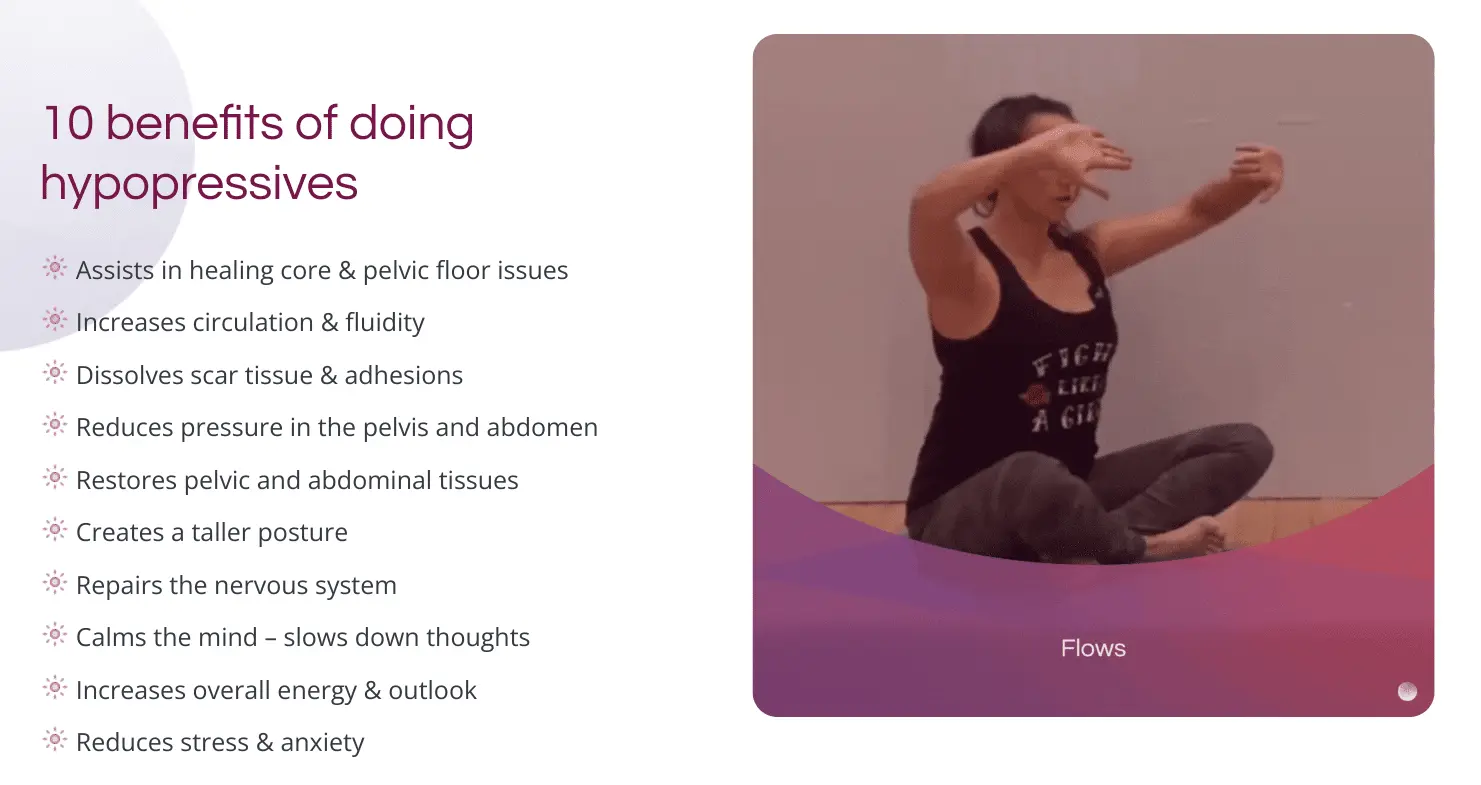Can I Run with Pelvic Organ Prolapse?
- June 9, 2022
- Pelvic Floor

Running with Pelvic Prolapse: Overview
If you are an avid runner, discovering that you have pelvic organ prolapse can be devastating. So, you may be asking yourself (and your dear friend Google): “Can I run with prolapse? Or should I give it up for a more prolapse-friendly form of exercise?”
We feel you. Exercise has a profound effect on our physical and mental well-being. Regular physical activity helps us stay in shape, maintains our cardiovascular health, protects us from cognitive decline, and has a positive effect on our mental health.
So, we’re here to help you out and clear your doubts and concerns.
Let’s take a closer look at pelvic organ prolapse, how running affects it, and what you can do about it.
What is Pelvic Prolapse and Why Does it Happen?
Pelvic organ prolapse, also referred to as POP, is a women’s health issue when either their uterus, bladder, or rectum (or a combination of two or more) lack support provided by the pelvic floor and are pulled into the vagina or the rectum.
Prolapse can range in severity from mild and barely noticeable to severe when the entire vaginal canal protrudes from the vaginal opening. It is rather common, affecting an estimated 50% of women.
Pelvic organ prolapse occurs when pelvic floor muscles and tissues are either weak or injured. As a result, they can no longer provide the support that pelvic organs need. Pregnancy and childbirth are among the most common contributing factors. However, prolapse can also develop as women age and near or enter menopause, due to excess weight, lifestyle habits, and more.
In many cases, prolapse is due to a combination of factors and develops gradually over time. So, female runners may not discover it until several years after giving birth.
How Running Affects the Pelvic Floor
Running is a high-impact form of exercise. Each time your heel lands on the ground the force from its impact transfers to your pelvic floor.
A healthy and reflexive pelvic floor responds by contracting. This supports the pelvic organs and prevents bowel or urine leakage.
However, if your pelvic floor is weak, hypertense, injured, or otherwise damaged, it is unable to contract optimally. If you are developing prolapse, each time your heel lands, the affected organ or organs are being pulled further down into the vagina.
So, Can I Run with Pelvic Organ Prolapse?
The exact cause of rectal prolapse is unknown but some factors may increase your risk of developing one:
1. Pregnancy and childbirth
2. Chronic diarrhea or constipation
3. Overusing laxatives
4. Straining during bowel movements
5. History of stroke
6. Neurological problems such as spinal cord issues
7. Weakening of pelvic floor muscles
8. Previous injury to the anal, lower back, or pelvis
9. Nerve damage
10. Lumbar disk disease
11. Parasitic infection, such as schistosomiasis (very rare)
12. Conditions that increases pressure within the abdomen such as chronic obstructive pulmonary disease (COPD)
Holistic Practices and Exercises for Prolapsed Bladder, Uterus, and Bowels So that You Can Run Again
Many women do not address their pelvic floor health and issues until things get really bad. Moreover, medical professionals frequently consider pelvic organ prolapse as an inconvenience rather than a health emergency.
So, your doctor may recommend pessaries, Kegels, or, in some cases, prolapse surgery. However, these frequently recommended solutions patch things up rather than address the root cause and frequently make things worse.
Pessaries may hold things in place, but they do nothing to heal and reverse pelvic organ prolapse. In most cases, Kegels are ineffective and pull pelvic organs, even further into the direction of prolapse. Surgery is invasive and results in the development of scar tissue that impairs the functionality of the pelvic floor. Due to that, surgery becomes a repeat procedure for women who opt for it.
Sadly, though, that’s about where medical advice normally ends, leaving you defeated and unable to run.
Yet, there is hope and better options. You can not only heal naturally, but run again as if you’d never had pelvic organ prolapse in the first place.
There are also plenty of other benefits. These include no more incontinence or embarrassing vaginal gas, better sex, and much more.
Here’s what you can do instead:
A low-impact routine that involves exercises, postures, and breathing techniques, hypopressives can be extremely effective in healing and reversing prolapse.
Contrary to running and other forms of exercise, the hypopressive exercise routine reduces the pressure in the abdominal-pelvic cavity and provide immediate relief from a prolapsed uterus, bladder, and bowels. Women describe the feeling as their prolapsed organs pulling back in.
Regular practice of the hypopressive method helps to improve the functionality of the pelvic floor. As a result, it helps your pelvic floor to restore its natural ability to be reflexive.
Ready to start your journey with Hypopressives? Watch this video
Heal Pelvic Organ Prolapse and Run Again with MoonRise
If you’re heartbroken after being told by your healthcare provider that your running days are over due to pelvic organ prolapse, we’re here to state the opposite.
Having personally recovered from prolapse, we know that you can heal your pelvic organ prolapse and run again. And more importantly – you can do this naturally from the comfort of your home.
MoonRise is an online platform that offers science-based natural healing solutions for women facing various pelvic floor-related conditions.
These solutions include a series of methods and techniques, designed to improve your pelvic floor health. In addition, all our practitioners who teach the methods have been in your shoes, healed the condition they faced, and now teach other women how to do the same.
If you want caring & compassionate support, along with guidance and expertise, where your health is always a priority, check out our Pelvic Floor Dysfunction Program.
Blog posts you might like:






